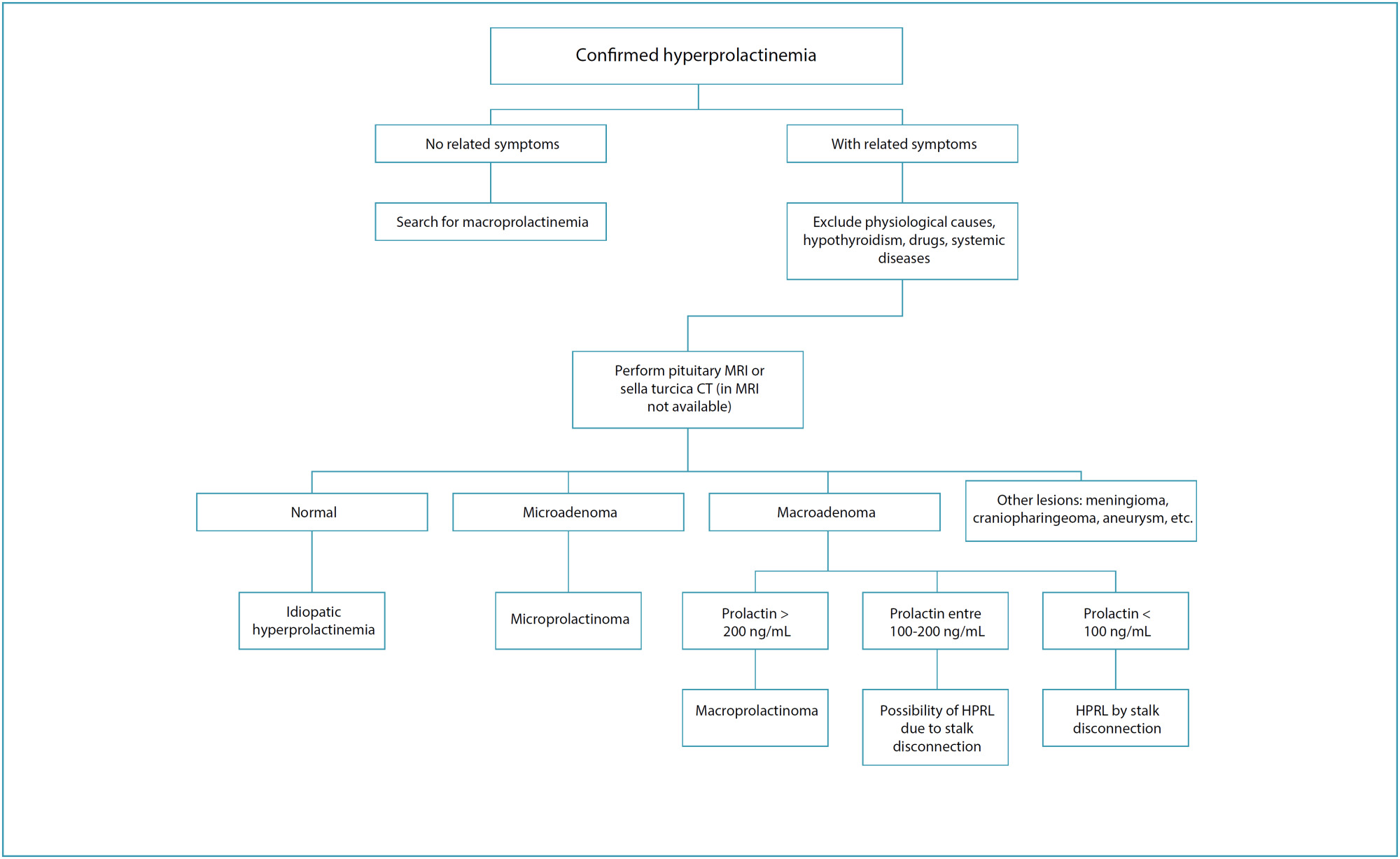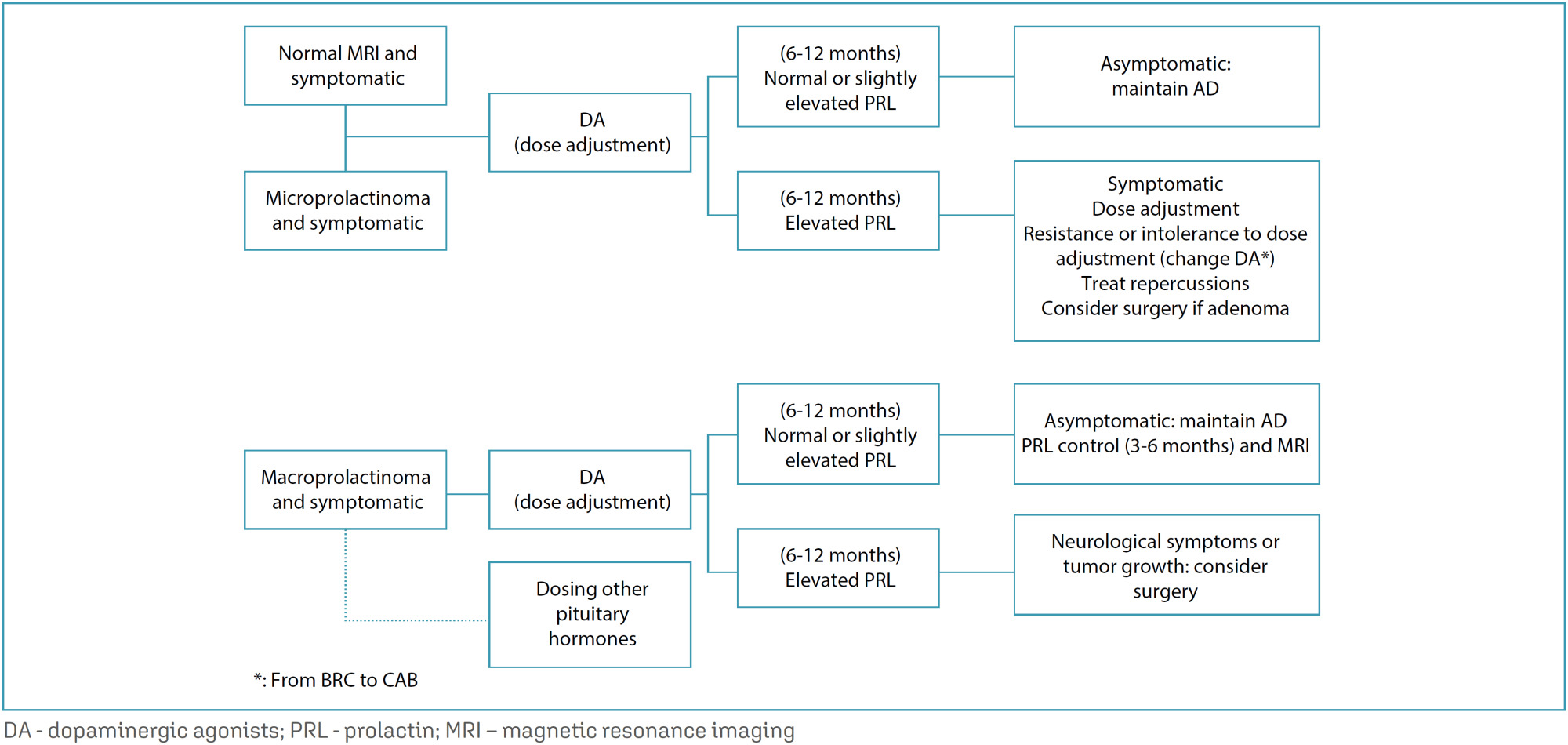-
Resumos de Teses
A dopplervelocimetria com mapeamento em cores dos ramos intramiometriais da artéria uterina de mulheres na pós-menopausa, com e sem carcinoma de endométrio
Revista Brasileira de Ginecologia e Obstetrícia. 1998;20(3):169-170
04-10-1998
Summary
Resumos de TesesA dopplervelocimetria com mapeamento em cores dos ramos intramiometriais da artéria uterina de mulheres na pós-menopausa, com e sem carcinoma de endométrio
Revista Brasileira de Ginecologia e Obstetrícia. 1998;20(3):169-170
04-10-1998DOI 10.1590/S0100-72031998000300010
Views31A Dopplervelocimetria com Mapeamento em Cores dos Ramos Intramiometriais da Artéria Uterina de Mulheres na Pós-Menopausa, com e sem Carcinoma de Endométrio […]See more -
Resumos de Teses
Avaliação da esteroidogênese das supra-renais em mulheres normais por meio dos testes de ACTH simples de depósito
Revista Brasileira de Ginecologia e Obstetrícia. 1998;20(3):169-169
04-10-1998
Summary
Resumos de TesesAvaliação da esteroidogênese das supra-renais em mulheres normais por meio dos testes de ACTH simples de depósito
Revista Brasileira de Ginecologia e Obstetrícia. 1998;20(3):169-169
04-10-1998DOI 10.1590/S0100-72031998000300009
Views31Avaliação da Esteroidogênese das Supra-Renais em Mulheres Normais por Meio dos Testes de ACTH Simples de Depósito[…]See more -
Relatos de Casos
Recurrent HELLP syndrome: report on two cases
Revista Brasileira de Ginecologia e Obstetrícia. 1998;20(3):165-167
04-10-1998
Summary
Relatos de CasosRecurrent HELLP syndrome: report on two cases
Revista Brasileira de Ginecologia e Obstetrícia. 1998;20(3):165-167
04-10-1998DOI 10.1590/S0100-72031998000300008
Views51See moreHELLP syndrome is a severe complication of preeclampsia that increases maternal and perinatal morbidity and mortality. Two cases of recurrent HELLP syndrome are described, maternal death occurring in one of the cases. This study is a warning about the increased risk of HELLP syndrome in the next pregnancy.
-
Relatos de Casos
Fetal reanimation: a case report
Revista Brasileira de Ginecologia e Obstetrícia. 1998;20(3):161-163
04-10-1998
Summary
Relatos de CasosFetal reanimation: a case report
Revista Brasileira de Ginecologia e Obstetrícia. 1998;20(3):161-163
04-10-1998DOI 10.1590/S0100-72031998000300007
Views43See moreA tocolytic treatment is described with the use of terbutaline in a case of cardiotocographic prolonged deceleration of fetal heart rate with successful outcome.
-
Técnicas e Equipamentos
A new catheter in the treatment of fetal obstructive uropathies
Revista Brasileira de Ginecologia e Obstetrícia. 1998;20(3):155-159
04-10-1998
Summary
Técnicas e EquipamentosA new catheter in the treatment of fetal obstructive uropathies
Revista Brasileira de Ginecologia e Obstetrícia. 1998;20(3):155-159
04-10-1998DOI 10.1590/S0100-72031998000300006
Views42See moreManagement of prenatally diagnosed uropathies is controversial, mainly because the prognosis for these fetuses is quite different. However pioneering studies have shown that prenatal drainage of obstructed urinary tract can improve the outcome of selected fetuses. The aim of this study is to describe the experience of the Service with the treatment of fetal obstrutive uropathy with the catheter developed by the Centro de Medicina Fetal do Hospital das Clínicas da UFMG. A total of 25 fetuses with obstructive uropathy received the catheter. Three fetuses required more than one insertion. Ten of 25 (40%) shunted fetuses survived with good postnatal renal and pulmonary function. Complications occurred in 12/25 (48%) cases including: 06/25 (24%) inadequate shunt drainage or migration; 01/25 (04%) urinary ascitis; 01/25 (04%) DPP, 01/25 (04%) premature rupture of membranes, 02/25 (08%) premature labor, 01/25 (04%) scarring and fibrosis of the renal parenchyma. Three of 25 (12%) fetuses died intra-utero and 12 (48%) died during the neonatal period. In conclusion, the drainage of the obstructed urinary tract with this catheter proved to be technically feasible and safe for both mother and fetus, with a survival rate of 40%.
-
Trabalhos Originais
Prevalence and correlates of hiv infection and syphilis in prostitutes attending a STD/AIDS reference center
Revista Brasileira de Ginecologia e Obstetrícia. 1998;20(3):151-154
04-10-1998
Summary
Trabalhos OriginaisPrevalence and correlates of hiv infection and syphilis in prostitutes attending a STD/AIDS reference center
Revista Brasileira de Ginecologia e Obstetrícia. 1998;20(3):151-154
04-10-1998DOI 10.1590/S0100-72031998000300005
Views72See moreA retrospective study examining medical records of female prostitutes attending the STD/AIDS Reference Center in Vitória, Brazil from January/93 to December/96 was conducted. During this period, 180 women received medical and psychological care in this clinic. Mean age was 25.9 year (SD=6.8). Out of 180, 140 agreed to be tested for HIV, of whom 12 (8.6%) had a positive result. Among 157 women who agreed to be tested for syphilis, 144 (91.7%) had a negative result, while 13 (8.3%) had a positive one. According to the educational degree, 6 (3.3%) women were illiterate, 114 (63.3%) attended elementary school, 37 (20.6%) attended secondary school, 7 (3.9%) went to college and 16 gave no information. One hundred and forty-one patients (78.3%) were single, 17 (9.4%) married, 10 (5,5%) divorced and 4 (2.2%) widows. The frequency of condom use was: always, 56 (31.3%), sometimes, 93 (52.0%), and 30 (16.8%) never used condoms. Other STDs were reported by 89 (49.4%) women and 9 (5.0%) reported intravenous (IV) drug use. There was a significant difference between the HIV positive and the negative group only regarding IV drug abuse (p=0.031) and syphilis infection (p=0.014). The present study showed prevalence rates of HIV infection among prostitutes in Vitória much higher than those found in the general population. There is a pressing need to improve medical assistance and educational campaigns especially designed to reach this population of women, and focusing the importance of regular condom use and the risks associated with IV drug abuse.
PlumX Metrics
- Citations
- Citation Indexes: 3
- Usage
- Full Text Views: 13549
- Abstract Views: 1716
- Captures
- Readers: 25
- Mentions
- References: 1
-
Trabalhos Originais
Obstetrical management of fetal death
Revista Brasileira de Ginecologia e Obstetrícia. 1998;20(3):145-149
04-10-1998
Summary
Trabalhos OriginaisObstetrical management of fetal death
Revista Brasileira de Ginecologia e Obstetrícia. 1998;20(3):145-149
04-10-1998DOI 10.1590/S0100-72031998000300004
Views115See moreAlthough 80 to 90% of all dead fetuses may be spontaneously eliminated after two to three weeks from death, labor induction has been the mostly used management. The purpose of the current study was to evaluate the results of labor induction for pregnancies with fetal death and gestation age above 20 weeks. It was a descriptive clinical study which was performed at the Hospital e Maternidade Leonor Mendes de Barros in São Paulo, Brazil. One hundred and twenty-two pregnancies with fetal death were evaluated regarding their social and demographic characteristics, causes of fetal death, previous pregnancies history and delivery (induction, route, complications). The statistical procedures used were estimation of mean and standard deviation and chi². The main causes of fetal death were hypertension and infections. The mostly used drug for labor induction was misoprostol (37.7%) followed by oxytocin (19.7%), while 27% of cases had spontaneous onset of labor. The mean time of induction was 3 hours. The majority of women had vaginal delivery and cesarean section was performed in 9.1% of them. It is concluded that labor induction for fetal death is safe and efficient, irrespective of the method used. Misoprostol when used in the vagina is specially useful for cases with an unripe cervix because of the modifying effect of the drug on the cervix.
PlumX Metrics
- Citations
- Citation Indexes: 1
- Usage
- Full Text Views: 47102
- Abstract Views: 2040
- Captures
- Readers: 5
-
Trabalhos Originais
Intrauterine transfusion in fetuses affected by severe perinatal hemolytic disease: a descriptive study
Revista Brasileira de Ginecologia e Obstetrícia. 1998;20(3):137-144
04-10-1998
Summary
Trabalhos OriginaisIntrauterine transfusion in fetuses affected by severe perinatal hemolytic disease: a descriptive study
Revista Brasileira de Ginecologia e Obstetrícia. 1998;20(3):137-144
04-10-1998DOI 10.1590/S0100-72031998000300003
Views72See moreObjective: to report 54 intrauterine intravascular transfusions (IITs), describing procedure related complications and associated perinatal morbidity and mortality. Methods: fetuses undergoing IITs at Clínica Materno-Fetal and Maternidade Carmela Dutra, Florianópolis, SC, between January 1992 and August 1997 were included in the study. Patients demographics, procedure and newborn related data were tabulated for analysis and presented in descriptive form, using percentage, mean, standard deviation, median, range and relative risk (RR) with 95% confidence interval as appropriate. Results: fifty IITs and four exchange transfusions were performed in twenty-one fetuses. There were four deaths (20%), three of which occurred (75%) in hydropic fetuses. Mean gestational age at the time of the first IIT was 29.1 weeks, the mean hemoglobin concentration was 7.1 mg/dl and the mean rise in hemoglobin level per procedure was 5.69 mg/dl. Procedure related mortality rate was 7.4%. Mean gestational age at birth was 33.9 weeks and mean birth weight was 2,437 grams. Sixty-five percent of the newborns received complementary exchange transfusions. Conclusion: the procedure related mortality rate was 7.4%, similar to the mortality rate reported in the world literature. The perinatal mortality rate (20%) was higher than that reported in other countries but lower than the perinatal mortality rate reported in a study conducted in Brazil, with a similar prevalence of hydropic fetuses.
PlumX Metrics
- Citations
- Citation Indexes: 1
- Usage
- Full Text Views: 37037
- Abstract Views: 1215
- Captures
- Readers: 16
Search
Search in:
Tag Cloud
Pregnancy (251)Breast neoplasms (104)Pregnancy complications (103)Risk factors (103)Menopause (87)Ultrasonography (83)Cesarean section (77)Prenatal care (71)Endometriosis (70)Obesity (60)Infertility (56)Quality of life (53)prenatal diagnosis (51)Women's health (48)Maternal mortality (45)Pregnant women (45)Breast (44)Postpartum period (44)Uterine cervical neoplasms (43)Prevalence (42)





